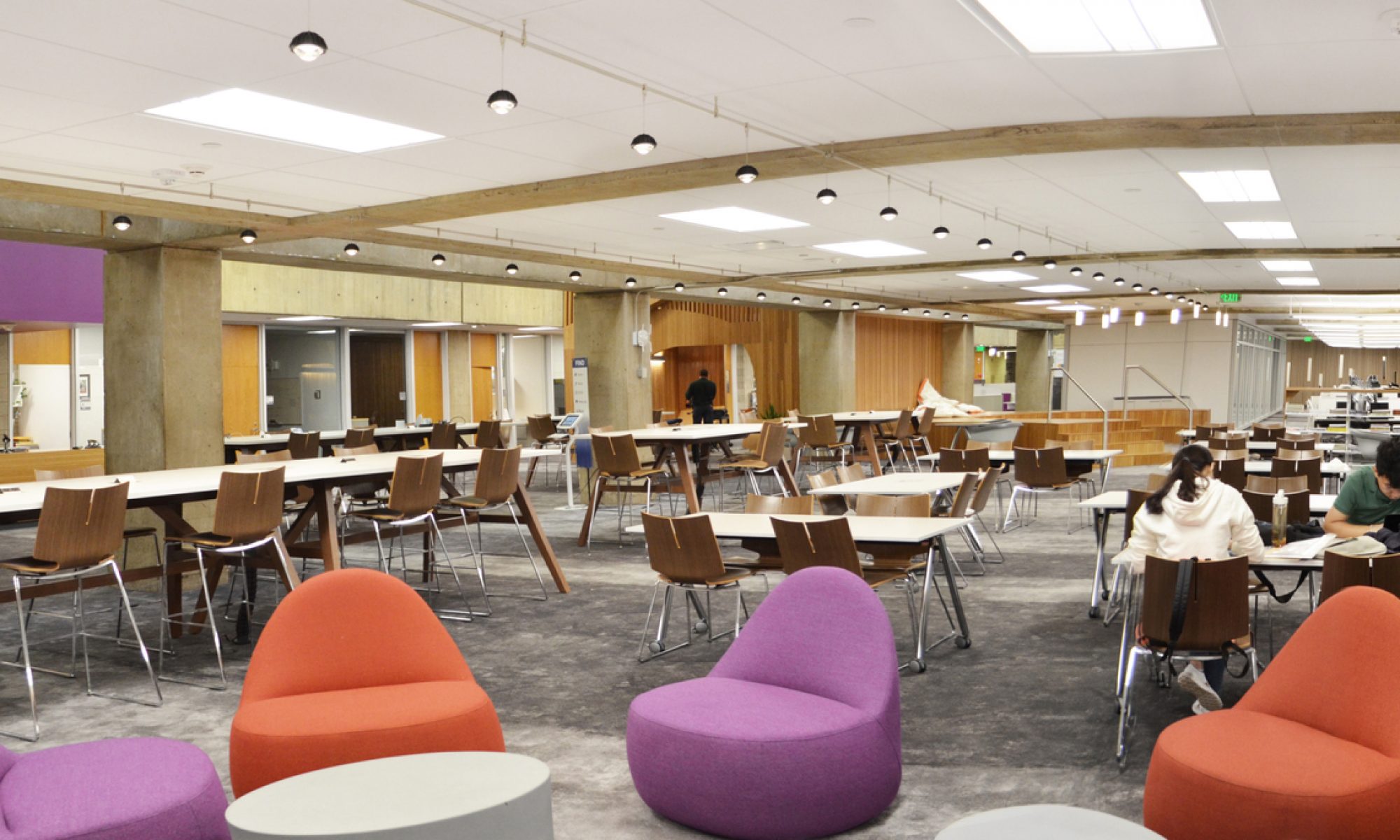What did you personally accomplish this week on the project?
This week, I worked with JJ to connect the data hub and the public API endpoint of our backend. I also made the post requests of create_hub, create_seats, update_seats, delete_hub, delete_seats, get_free_seats more robust.
Specifically, I fixed a bug when a hub is instantiated without seats. This would make the filtering of seats have an index out of bounds error. Thus, I fixed this by adding a check for the edge case of empty hubs.
Then, I made 15% more progress on the frontend of the project. My idea is to make it very simplistic and easy on the eyes for clients. The demo showcasing all of this went very well.
Is your progress on schedule or behind?
I am on schedule with my parts and feel confident moving forward, after our demo. I expect that as we move further into the implementation part, we will have a lot more roadblocks, so I will be working hard in the weeks to come.
What deliverables do you hope to complete in the next week?
This week, my task it to work on the web application frontend. Specifically, 15% this week would keep me on track with respect to the schedule. I can also help JJ and Will on their parts, which currently pose more of a risk, as the software stack basic functionality is stable. I can’t wait! 😁
